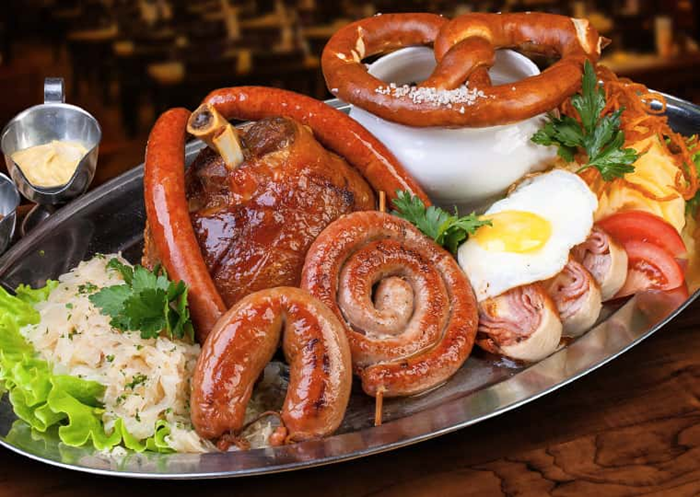Traditional German cuisine is far from dietary. The country’s culinary traditions began to form during the period of Ancient Rome, however, the active development of German cuisine occurred in the post-war years, when culinary traditions were influenced by the cultures of neighboring countries.
As history clearly demonstrates, monarchs are able to influence not only the politics and culture of the country, but also the culinary preferences and traditions of their people. Germany is such a historical example. King Kaiser Wilhelm II was distinguished by his stern disposition and strictness. During his reign, he introduced a strict ban on talking during meals, as well as discussing dishes and products in society. Conversations on this topic were considered shameful. In addition, the king had a negative attitude towards culinary delights, so people – ordinary and aristocratic – had to eat very simply and blandly. The only “color” that was allowed to be served at the table was flour sauce.
After the end of the First World War, the king abdicated and the people of Germany, who were not involved in developing their national cuisine, began to starve. Only since 1948, cooking shows appeared on local television, and recipe books appeared in bookstores. In addition, the Germans began to travel actively and bring back various recipes. Thus, German cuisine has gone through a difficult, thorny path before becoming what it is known in the world today – high-calorie, filling, apparently, in this way the Germans try to forget the bland and hungry years in the history of the country.

